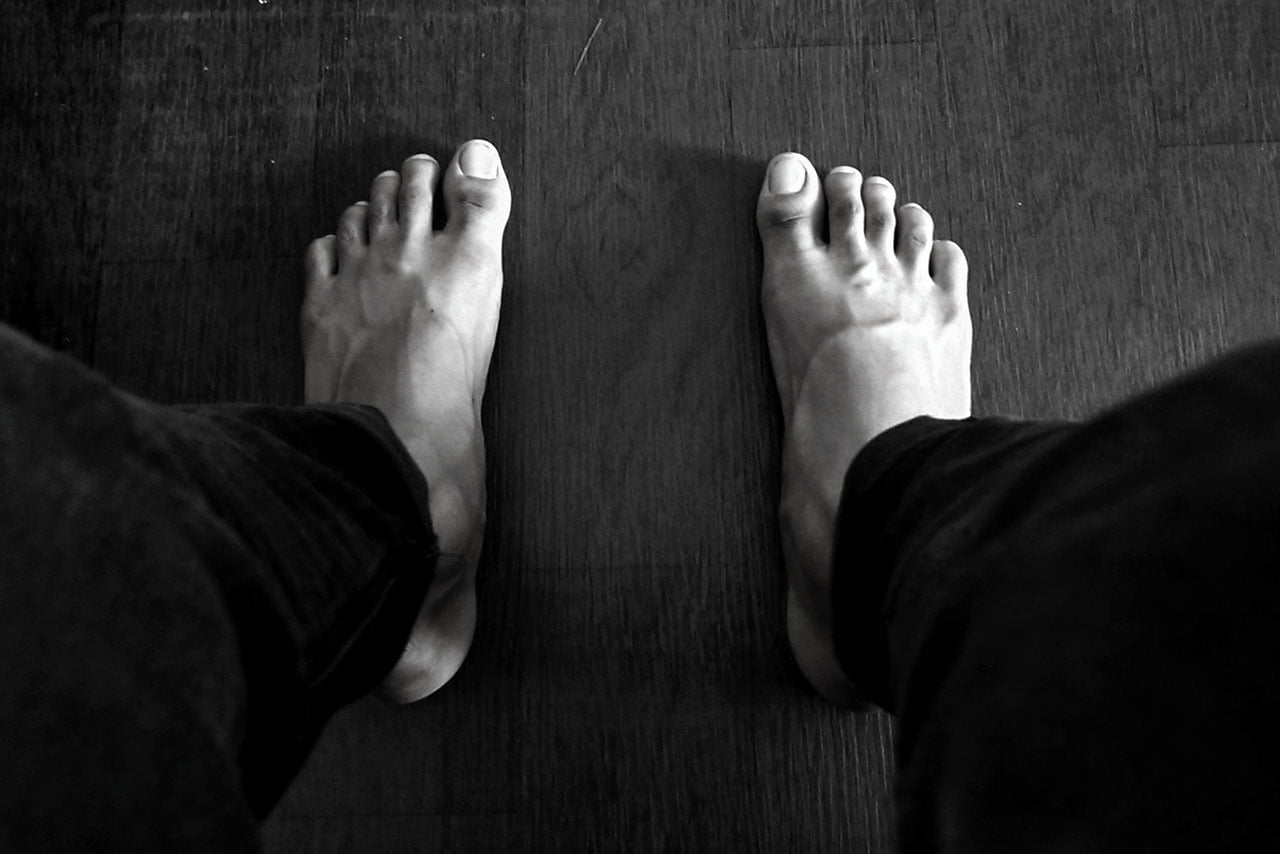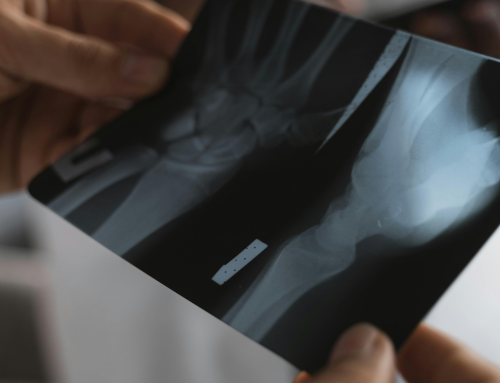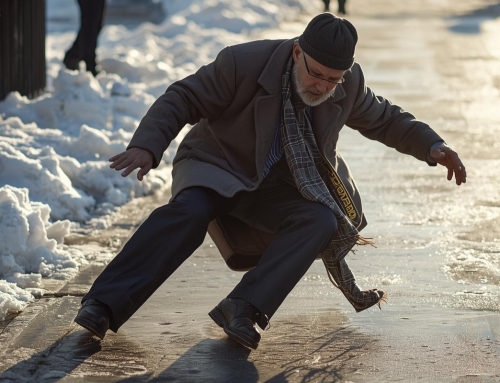There is sometimes what’s called too much of a good thing. Exercise has its benefits, but repetitive movement on the ball of your foot can cause a sesamoid fracture, or sesamoiditis. If your sesamoid bone is affected, you may experience pain, swelling, difficulty bending your big toe, or even difficulty walking. But what exactly is the sesamoid bone, what can cause it to fracture, and what type of treatment plan can you expect if you have a sesamoid fracture?
Read on to learn everything you need to know about these tiny but mighty bones.

What is the sesamoid bone?
There are two small bones that play a big part in the momentum you have when you run, dance, walk, and more. The pea-sized sesamoid bone can be found in various parts of your body, such as the feet, hands, or knee caps. They help you essentially “push off” by working with the tendons, other bones, and muscles that surround it.
These bones also absorb the weight placed on the ball of the foot, which is why an injury can affect your daily lifestyle quickly. Injuries are more common when there is increased pressure on the ball of the foot or repetitive motions in the same position. Other risks include:
- Wearing high heels
- If you have high arches
- If you have flat feet
- If you’re diagnosed with gout
- If you walk with a slight inward roll of the foot
- If you’re an athlete, i.e. football player, runner, dancer, etc.
Types of sesamoid bone injuries in the foot
Unless you’ve experienced a sudden sharp pain from a break, you may not even know your sesamoid bone has a fracture or that you have sesamoiditis. Your symptoms could start gradually and feel like a dull pain. There are three types of sesamoid injuries in the foot that can cause irritation or discomfort.
Sesamoid Fracture
The sesamoid bone in your foot can suffer from two different types of breaks – an acute fracture or a chronic fracture.
An acute fracture is accompanied by immediate pain, usually caused by a direct blow or impact to the bone. Symptoms other than pain can include redness and swelling. On the other hand, a chronic fracture is often referred to as a stress or hairline fracture. This commonly happens from repetitive movements or overuse. Symptoms of a chronic sesamoid fracture may include pain in the ball of your foot that flares up when you’re active and settle down when you’re resting.
Sesamoiditis
Sesamoiditis occurs from the same causes as a chronic sesamoid fracture but affects the tendons instead of creating a hairline break. This injury stems from overuse, with the inflammation of the bones and tendons causing a dull pain under your big toe.
There are treatments that can alleviate pain or inflammation so you can get back to a pain-free lifestyle.
Turf toe
Turf toe is what happens when you extend the big toe joint and soft tissues that are attached to the sesamoid beyond their normal range. This can happen as a result of a sports injury, stubbing your toe, or a trip and fall. You’ll know when it happens because you’ll experience sharp pain and immediate swelling from this type of injury. You could even hear a “pop.” Depending on your doctor’s recommendations, you might need a special shoe, ice, or some rest.
Treatment for a Sesamoid Fracture
The recommended treatment for a sesamoid bone injury or a fracture will depend on the diagnosis from your doctor. A fracture, sesamoiditis, or turf toe could have your doctor prescribing:
- Rest
- Ice
- A foot cushioning pad (sometimes known as dancers’ pads)
- Taping
- A fracture brace
- Custom orthotics
- Surgery
Your doctor won’t jump to surgery unless they’ve exhausted all other options. If your doctor thinks the big toe is wiggling around too much, they apply tape to keep it from moving. Wearing a J-shaped pad (aka the dancers’ pads) near the sesamoid bone may be necessary to reduce pressure while the fracture heals. As the fracture heals, extra cushions or orthotic devices are often helpful to keep the area supported. Your doctor may also recommend anti-inflammatory or pain medication to help with the healing process.
There are times when a sesamoid fracture requires surgery. If the pain doesn’t subside after trying several options, the sesamoid will most likely need to be removed. It can take up to 6 months for the sesamoid bone to fully recover after an injury.
When you experience a sesamoid fracture, enjoying a simple walk around the block can be frustrating. You want life to get back to normal asap. There is another solution Canadians can access that doesn’t require another physio appointment in your schedule. The LIPUS (low-intensity pulsed ultrasound) device heals fractures 38% faster than fractures that aren’t treated with ultrasound. Contact us to find out if this device is right for your sesamoid fracture.
Have you ever had a sesamoid bone injury? Do you know what caused it? What was your treatment plan? Share your experience with our readers that are wondering what’s next for them.





